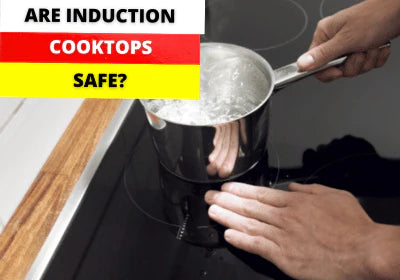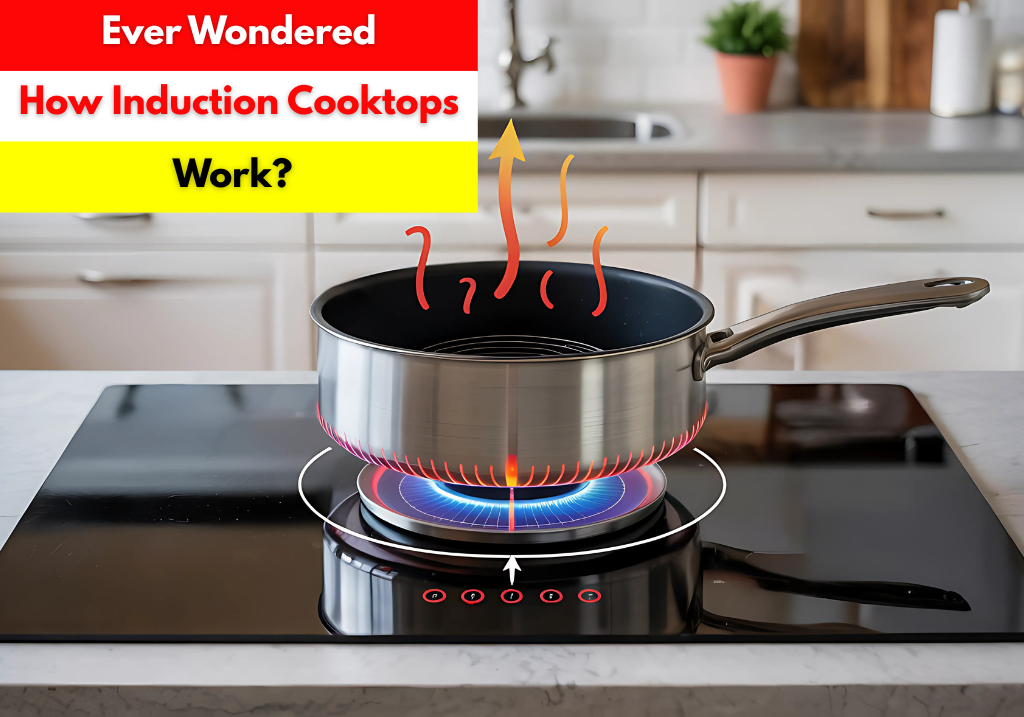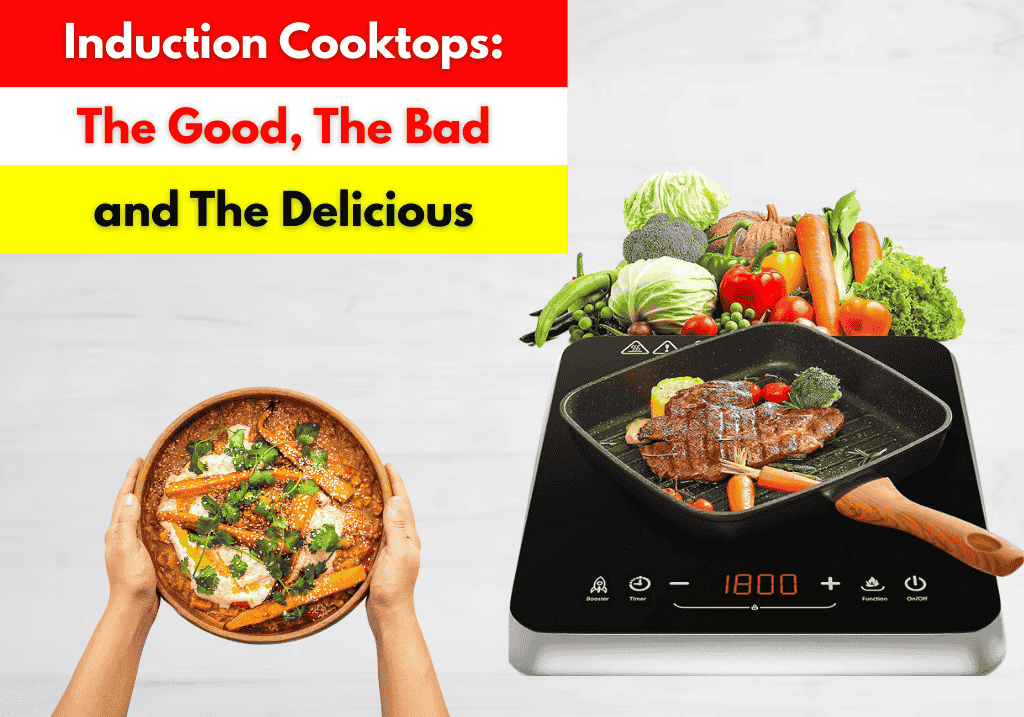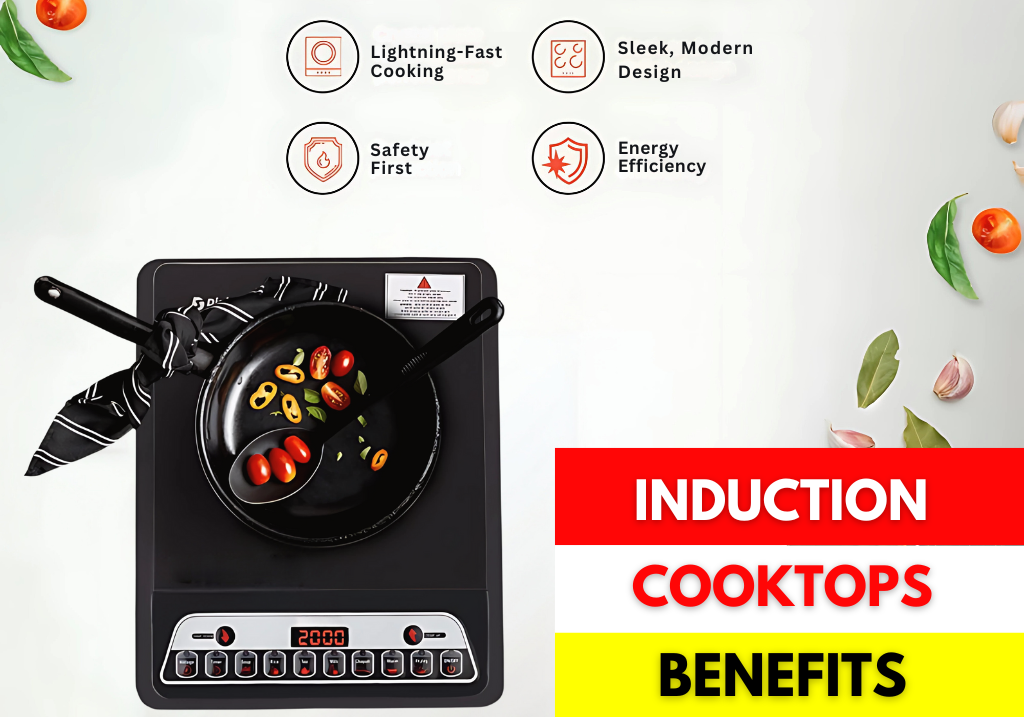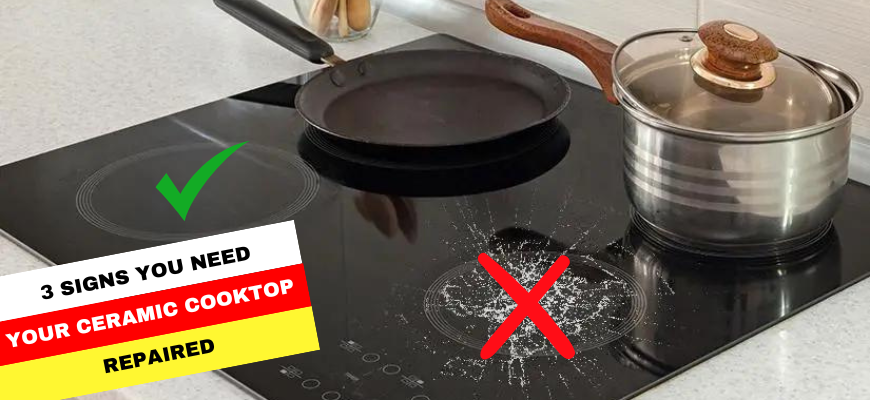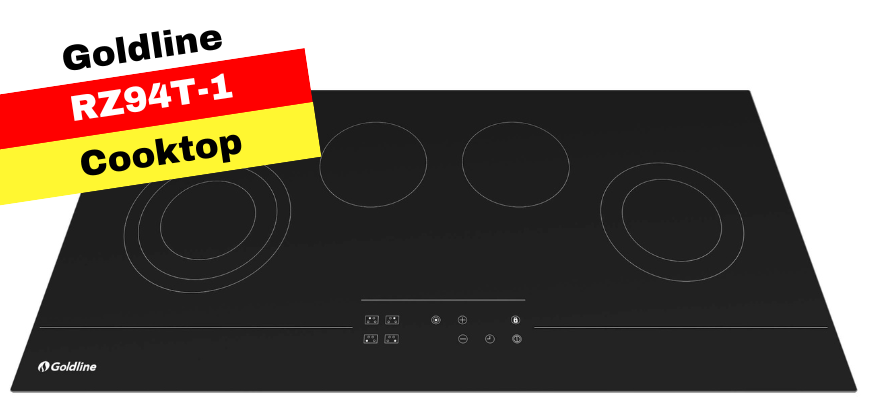Are induction cooktops safe?
Induction cooking is popular these days, yet the technology is approximately 90 years old. Nonetheless, many appliance buyers remain sceptical of this not-so-new technology. However, with recent trends indicating that induction is becoming more popular, new questions about induction cooktops and ranges are beginning to emerge.
About a decade ago, the most frequently asked questions about induction cooktops were "what are induction cooktops?" and "how do I know if my cooktop is induction?" Customers are more familiar with the technology these days, notably the method of employing electromagnetics to generate heat. And this begs the question: Are induction cooktops safe?
Induction is not only safe, but it is also seen as the future of cooking by many. In this article, we will first explore why induction cooktops are safe. Then, for those who are new to induction technology, we recommend three must-see induction appliances.
So why are induction cooktops safe?
We find that home cooks in Australia are switching from the standard electric to induction cooktops at a very large rate to reap the benefits of better heat control and efficiencies. Meanwhile, gas cooks are warming up to induction also because it has a better response and control as a live flame.
Aussies are excited about the new technology, but one issue remains: Are induction cooktops safe? These four safety benefits of using an induction cooktop may help resolve the debate.
Here are some of the reasons:
Cool to Touch Surface: The cool-to-touch surface feature on an induction cooktop is a safety feature that keeps the surface of the cooktop cool even when it is in use. This helps prevent burns from happening by mistake.
Induction cooktops are different from traditional gas or electric cooktops because they don't heat up straight from the surface. Instead, they use an electromagnetic field to heat the pots and pans, so the surface of the stovetop stays cool even when it is being used. But the cookware itself may still be hot enough to cause burns or other injuries if the surface is touched by mistake.
To avoid this, many induction cooktops have a surface that stays cool to the touch. This feature uses a fan or other cooling system to move air around the cooktop. This helps to get rid of any leftover heat and keeps the surface of the cooktop cool to the touch.
The surface that stays cool to the touch is an important safety feature, especially in homes with young children or older people who are more likely to get burned by mistake. But it's important to remember that you should still be careful and follow safety rules when using any cooking tool, even if it has this feature.
Accurate Temperature Control: Induction cooktops can accurately control the temperature because they use an electric field to heat the pot or pan directly. This lets the cooktop exactly control how much heat is made and, by extension, how hot the pots and pans get.
When you turn on an induction stovetop and put a pot or pan on it, the electromagnetic field causes an electric current to flow in the pot or pan. This heats the food in the pot or pan. Through the electromagnetic field, the cooktop is able to sense the temperature of the pot or pan and change the power output to keep the temperature constant.
Induction cooktops can react quickly to changes in temperature because they use direct heating. They can also change the amount of heat they put out almost instantly. This makes it possible to control the temperature very precisely, which is important for things like boiling or melting chocolate where small changes in temperature can have a big effect on the end result.
Some induction cooktops also have built-in temperature monitors, multiple heat zones, and power boost functions that can help you fine-tune and customise the cooking process to your needs.
Automatic Shut-Off: The automatic shut-off feature on an induction cooktop is a safety feature that switches off the heat on the cooktop after a set length of time if there is no cookware on the surface. This is a vital safety feature because leaving the stove on without any cookware could start a fire or damage the cooktop.
The exact time it takes for the automatic shut-off to engage varies depending on the model of the cooktop, but it is usually between one and two minutes. When the cookware is removed from the cooktop's surface, the heat will automatically switch off within the time range chosen.
Some induction cooktops also include a safety feature that turns off the heat if the cookware is not induction-compatible, which can help prevent damage to both the cookware and the cooktop.
It is crucial to note that the automatic shut-off feature is not a replacement for regular cooking supervision. Always keep an eye on what's going on with your cooktop and avoid leaving it unattended for long periods of time. Furthermore, different models of induction cooktops may have slightly different functions and features, so consult your cooktop's user manual to learn how to use this function correctly.
Child-Lock Function: An induction cooktop's child lock feature is a safety feature that stops children from accidently turning on the cooktop or modifying the temperature while it is in use. This is especially crucial because the surface of an induction cooktop remains chilly to the touch, which means that children may not notice that it is turned on and may mistakenly touch it or burn themselves.
To unlock the cooktop, the kid lock function normally requires a specific button combination to be pushed. When the kid lock is turned on, the cooktop will not respond to any other button presses or adjustments until the lock is turned off.
Because different induction cooktops may have slightly different methods for engaging or disengaging the child lock feature, it's critical to consult your cooktop's user manual to learn how to use this function correctly. You can keep your children safe while you cook in the kitchen by using the kid lock option on your induction cooktop.
It is crucial to note that, while induction cooktops are typically safe to use, certain care must be taken. For example, you should only use induction-compatible cookware and leave no metal objects (such as utensils or jewellery) on the cooktop surface while it is in operation. Furthermore, if you have a pacemaker, you should consult with your doctor before using an induction cooktop, and you should take precautions to limit your exposure to the electromagnetic field. Overall, induction cooktops can be a safe and efficient cooking option for your kitchen if used and cared for properly.











































